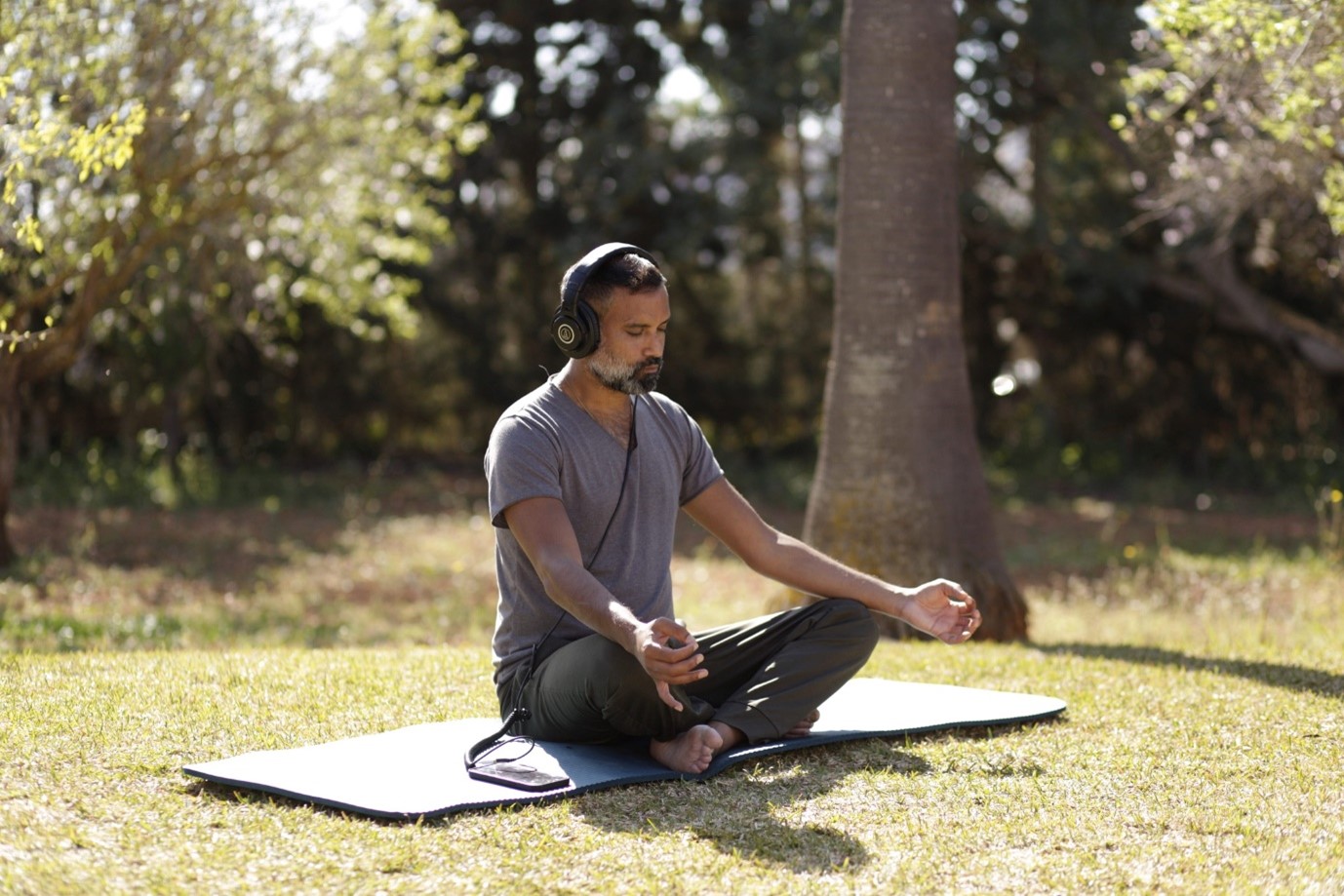In our fast-paced world, stress has become an unwelcome constant companion for millions of people. While we often search for complex solutions to manage anxiety and improve our mental health, one of the most powerful tools lies right under our noses—literally. Breathwork, the practice of conscious, controlled breathing, has emerged as a scientifically backed method for directly influencing our nervous system and promoting profound healing.
Modern neuroscience is now validating what ancient wisdom traditions have known for centuries: the way we breathe can fundamentally alter our brain function, emotional regulation, and well-being. This isn’t just about relaxation—it’s about rewiring our neural pathways and creating lasting changes in how our bodies respond to stress and trauma. Understanding how breathwork impacts the nervous system opens the door to a simple yet transformative practice that can enhance every aspect of our lives.
The Nervous System Connection: How Breathing Influences Brain Function
The relationship between breathing and the nervous system is both intimate and immediate. When we engage in conscious breathing exercises, we directly communicate with our autonomic nervous system, which controls involuntary bodily functions like heart rate, blood pressure, and stress responses. Research shows that breath produces bilateral activation of the cortex, particularly affecting the primary motor cortex and premotor areas.
This neural activation creates a cascade of physiological changes that extend far beyond simple oxygen exchange. Deep breathing techniques specifically target the parasympathetic nervous system, often called the “rest and digest” response, which counteracts the stress-induced “fight or flight” state. When we practice controlled breathing, we’re essentially sending a direct message to our brain that we’re safe, allowing our nervous system to shift from a state of hypervigilance to one of calm restoration.
Activating the Parasympathetic Response Through Breathwork
The parasympathetic nervous system serves as our body’s natural relaxation mechanism, and breathwork is one of the most effective ways to activate it. Slow, deep breathing patterns trigger this system by stimulating the vagus nerve, the longest cranial nerve that connects the brain to major organs throughout the body. When activated, the vagus nerve releases acetylcholine, a neurotransmitter that slows heart rate, dilates blood vessels, and promotes a state of calm.
Studies demonstrate that breathing at an optimal rate of 4.5 to 6.5 breaths per minute significantly improves vagal tone and heart rate variability (HRV). This enhanced HRV is associated with better emotional regulation, reduced anxiety, and improved cardiovascular health. The beauty of this process lies in its accessibility—unlike many medical interventions, breathwork requires no equipment or special training to begin experiencing benefits.
Neuroplasticity and Brain Rewiring Through Conscious Breathing

One of the most remarkable discoveries in neuroscience is the brain’s ability to reorganize itself through neuroplasticity, and breathwork plays a crucial role in enhancing this adaptability. Regular breathing practices have been shown to increase gray matter density in brain regions associated with self-awareness, emotional control, and memory. This means that consistent breathwork literally rewires our brains for greater resilience and emotional stability.
Research indicates that controlled breathing influences brainwave patterns, promoting alpha and theta waves associated with relaxation and learning. These changes create an optimal environment for the brain to form new neural pathways, helping individuals break free from anxiety-driven responses and develop healthier coping mechanisms. The stress reduction achieved through breathwork also lowers cortisol levels, creating conditions that support neuroplasticity and cognitive improvement.
Stress Reduction and Emotional Regulation Benefits
The impact of breathwork on stress reduction is both immediate and long-lasting. Meta-analyses of randomized controlled trials show that breathwork interventions are associated with significantly lower levels of self-reported stress, anxiety, and depressive symptoms. The mechanism behind this effectiveness lies in breathwork’s ability to reduce cortisol levels while simultaneously increasing oxygen delivery to the brain’s prefrontal cortex, the area responsible for executive function and emotional regulation.
Emotional regulation improves through breathwork because controlled breathing calms the amygdala, the brain’s emotional processing center. This calming effect helps individuals respond to stressful situations with greater clarity and less reactivity. Additionally, breathwork enhances the brain’s oxygenation, leading to improved cognitive performance, better decision-making abilities, and increased mental clarity.
Practical Applications and Techniques
Implementing breathwork into daily life doesn’t require extensive training or time commitments. Simple techniques like the 4-4-6-2 breathing pattern (inhale for 4 seconds, hold for 4, exhale for 6, hold for 2) have been shown to produce measurable vagus nerve stimulation. Diaphragmatic breathing, where the focus is on expanding the belly rather than the chest, effectively activates the parasympathetic nervous system and can be practiced anywhere.
For optimal results, practitioners should aim for longer exhalations, as this is when the vagus nerve releases its calming neurotransmitters. Even brief sessions of 5-10 minutes can produce noticeable effects, while regular practice builds cumulative benefits for nervous system health and emotional resilience.

